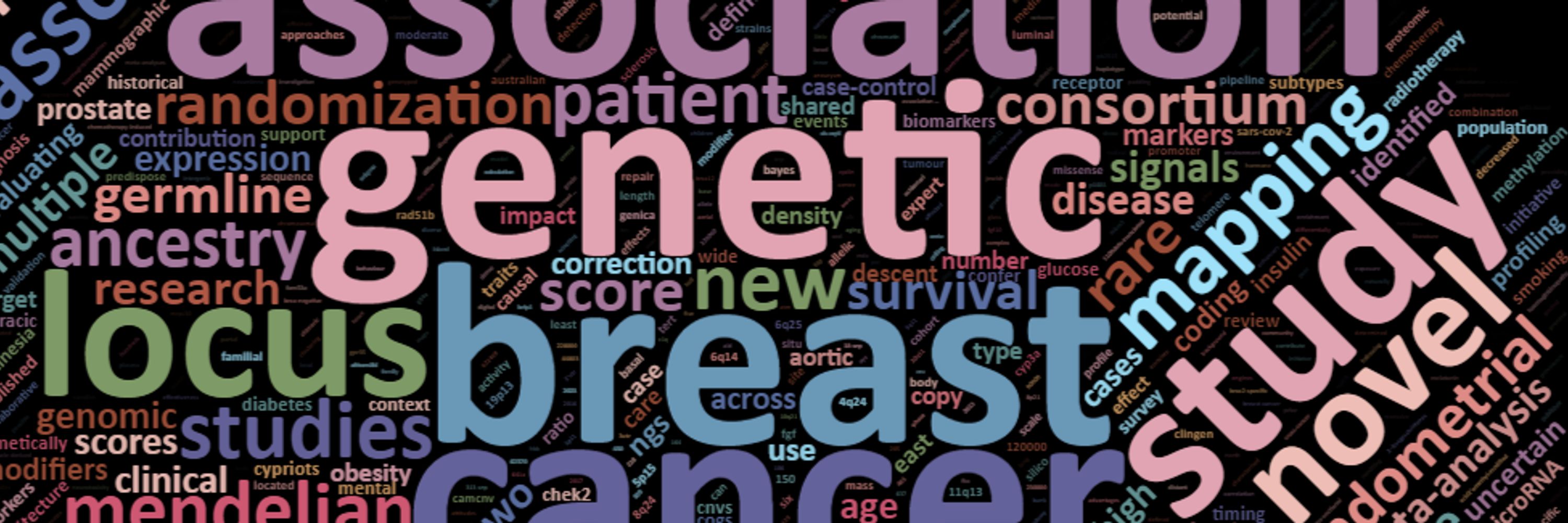

We provide strong or moderate evidence for variant classification of hundreds of previously uncertain BRCA1/2 variants. This evidence was also highly consistent with existing ClinVar classifications — adding confidence and clinical value.
We provide strong or moderate evidence for variant classification of hundreds of previously uncertain BRCA1/2 variants. This evidence was also highly consistent with existing ClinVar classifications — adding confidence and clinical value.
🧬11,207 BRCA1/2 variants
🧬6,909 coding variants
🧬 787 previously unclassified variants
🔗 Created a browser to view the results: biostatunitcing.shinyapps.io/ccLRbrowser/

🧬11,207 BRCA1/2 variants
🧬6,909 coding variants
🧬 787 previously unclassified variants
🔗 Created a browser to view the results: biostatunitcing.shinyapps.io/ccLRbrowser/


